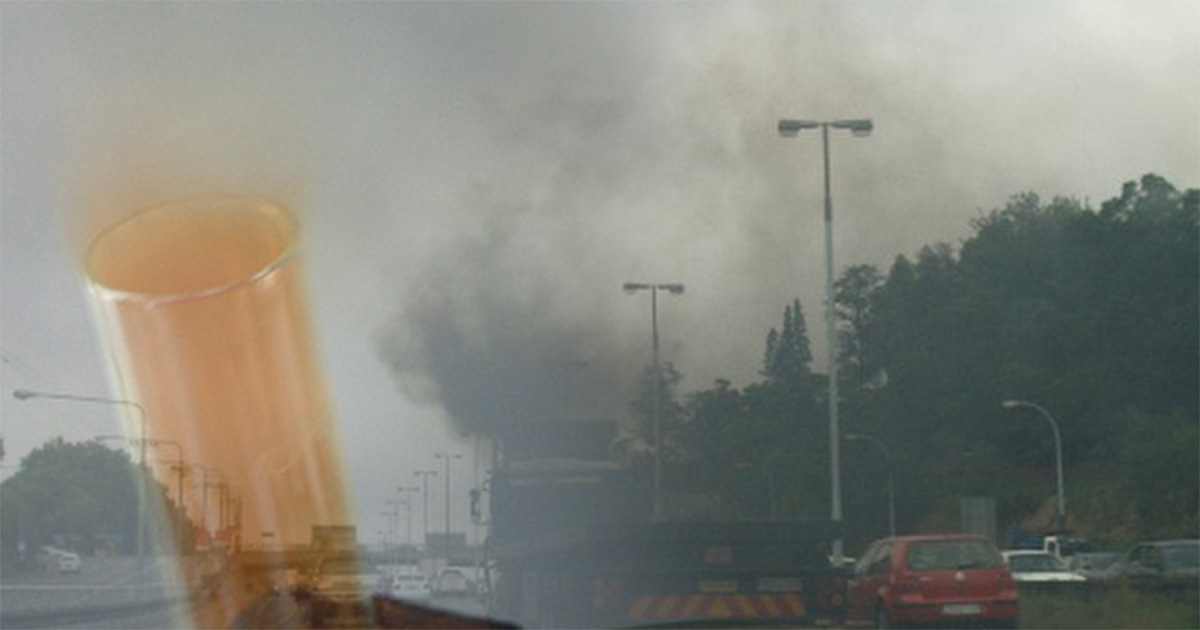According to Amanda, the sensor is intended for use by individuals working in environments where they may be exposed to high concentrations of nitrogen dioxide, such as industries, the transportation sector, and agriculture. “Currently, the prototype of a bracelet that will support the sensor plus the electrical circuit is in the early stages of development,” she announces. The bracelet is being developed in partnership with the Minos group, led by professor Eduard Llobet, from the Universitat Rovira i Virgili in Spain. “The prototype will then be tested in the laboratory before starting the marketing process.”
The article Flexible gas sensor based on rGO-ZnO for NO2 detection at room temperature is signed by Amanda Akemy Komorizono, Ramon Resende Leite, and Valmor Roberto Mastelaro, from IFSC, Silva De la Flor and Eduard Llobet, from Universitat Rovira i Virgili. The flexible gas sensor was developed through a partnership between the Group of Advanced Nanomaterials and Ceramics (NaCA) at IFSC/USP and the Minos group at the Universitat Rovira i Virgili. In Spain, researchers Alejandro Santos-Betancourt and Alfonso Romero are also involved in developing the prototype.
More information: e-mail amanda.akemy@hotmail.com, with Amanda Akemy Komorizono, and valmor@ifsc.usp.br, with professor Valmor Roberto Mastelaro
English version: Nexus Traduções, edited by Denis Pacheco
